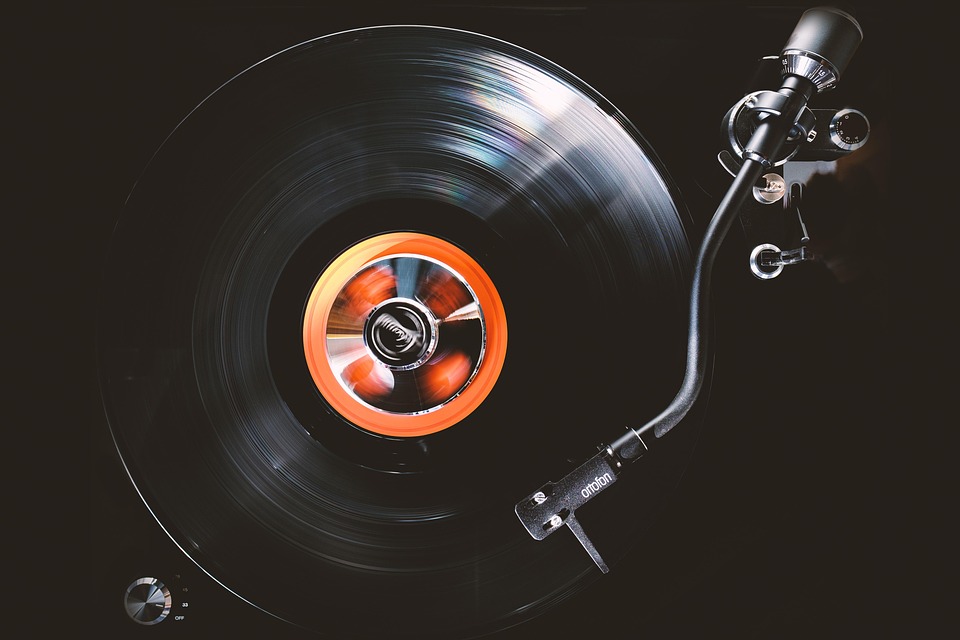Landr is a popular online platform for music mastering and distribution. Many musicians and producers wonder about the specific requirements for submitting their tracks, especially when it comes to file formats. This article will look closely at whether you need 24-bit WAV files for Landr and what this entails for your music production process.
What is Landr?
Landr is an innovative platform that uses artificial intelligence to help musicians master their tracks. The service allows musicians to upload their music, which is then processed to enhance sound quality through various algorithms. The result is a polished track that is ready for distribution, whether for streaming platforms or physical formats.
One of the key features of Landr is its user-friendly interface, which caters to both novice and experienced musicians. Users can access a range of mastering options, allowing them to choose the sound that best fits their artistic vision. With the rise of digital music, platforms like Landr have become essential tools for artists seeking to produce high-quality tracks without the need for expensive studio time.
Understanding Audio File Formats
Audio file formats are crucial in the music production process. They define how audio data is stored and compressed. Common formats include MP3, WAV, and AIFF, among others. Each format has its own characteristics, affecting sound quality, file size, and compatibility with various devices and software.
WAV files, particularly, are a popular choice among musicians due to their uncompressed nature, which retains all the audio data from the original recording. This makes them ideal for mastering and archiving, as they provide the highest sound quality. On the other hand, MP3 files are compressed, resulting in smaller sizes but often sacrificing some audio fidelity. Understanding these differences is essential when preparing your tracks for platforms like Landr.
What are 24-Bit WAV Files?
Bit depth is a critical factor in audio quality. A 24-bit WAV file allows for a greater dynamic range compared to 16-bit files. This means that sounds can be recorded at lower levels without losing detail, making it ideal for mastering. The higher bit depth provides more headroom, reducing the risk of distortion and ensuring a clearer sound.
When working with 24-bit files, musicians can take advantage of finer nuances in their recordings. This is particularly beneficial in genres that rely heavily on intricate details, such as classical or ambient music. Therefore, using 24-bit WAV files can significantly enhance the mastering process, allowing for a final product that truly reflects the artist’s vision.
Do You Need 24-Bit WAVs for Landr?
The short answer is yes, if you want to achieve the best sound quality for your music, 24-bit WAV files are recommended when using Landr. While the platform may accept other formats, submitting your tracks in 24-bit WAV ensures that you provide the highest quality audio for processing. This can lead to a more professional-sounding final product, which is crucial in today’s competitive music industry.
Using 24-bit WAV files allows Landr’s algorithms to work with the most detailed audio data possible. This results in a mastering process that captures all the subtleties and dynamics of your music. If you want to maintain the integrity of your sound, investing the time to create 24-bit files is worth it.
Preparing Your Tracks for Landr
Before uploading your tracks to Landr, it’s essential to ensure they are properly prepared. This includes not only using the right file format but also ensuring that your mix is balanced. A well-mixed track will give Landr’s algorithms the best chance to enhance your music effectively.
Start by checking levels, panning, and frequency balance in your mix. Make sure that no elements are overpowering others, and the overall sound is cohesive. Once you’re satisfied with your mix, bounce it down to a 24-bit WAV file to maintain the sound quality during the mastering process.
Advantages of Using 24-Bit WAVs
There are several advantages to using 24-bit WAV files when mastering your music. The most significant benefit is the increased dynamic range, which allows for greater detail in both the quiet and loud parts of your track. This is especially important for genres that require a broad dynamic range, such as orchestral music or rock.
Another advantage of 24-bit WAV files is their compatibility with various audio editing software and platforms. Most professional DAWs (Digital Audio Workstations) support 24-bit files, making them a standard choice for producers and engineers. This compatibility ensures that your files can be easily manipulated and mastered without losing quality.
Common Misconceptions About 24-Bit WAVs
Many musicians may have misconceptions about the need for 24-bit WAV files. One common myth is that 16-bit files are sufficient for mastering. While 16-bit files can be used, they limit the dynamic range and may not capture the full essence of your music. As a result, the final product may not reflect the quality you desire.
Another misconception is that the average listener will not notice the difference between 16-bit and 24-bit audio. While it is true that most streaming platforms compress audio files, the mastering process benefits significantly from higher bit depth. The quality improvements can be especially noticeable in live performances and high-fidelity playback systems.
Cost Considerations
When deciding whether to use 24-bit WAV files, consider the cost of storage and processing power. 24-bit files are larger than 16-bit files, which may require more storage space on your hard drive. Additionally, some older systems may struggle with processing large files, potentially slowing down your workflow.
However, the benefits of using 24-bit WAV files often outweigh these concerns. The improved sound quality can elevate your music to a professional level, making it worth the investment. Many musicians find that the additional storage costs and processing requirements are manageable, especially when considering the potential return on investment in terms of audience engagement and sales.
Conclusion
In conclusion, understanding Landr’s requirements is crucial for musicians who want to produce high-quality music. Using 24-bit WAV files is highly recommended, as they provide the best sound quality for mastering. While preparing your tracks, ensure they are mixed well and saved in the correct format to take full advantage of Landr’s capabilities.
As the music industry continues to evolve, the importance of quality production cannot be overstated. By investing the time to create and submit 24-bit WAV files, you are giving your music the best chance to stand out in a crowded marketplace. Embrace the technology available to you and let Landr help you bring your musical vision to life.
FAQs
1. Can I use MP3 files for Landr mastering?
While you can use MP3 files for mastering on Landr, it is not recommended. MP3 files are compressed and may lose audio details during the process. For the best results, always opt for 24-bit WAV files.
2. What is the difference between 16-bit and 24-bit audio?
The primary difference between 16-bit and 24-bit audio is the dynamic range. A 24-bit file has a broader range, allowing for more detailed sound reproduction. This is particularly beneficial during mastering, as it preserves the nuances of the original recording.
3. How can I convert my audio files to 24-bit WAV?
You can convert your audio files to 24-bit WAV format using various audio editing software, such as Audacity or Logic Pro. Most DAWs have an export option where you can select the desired bit depth and format.
4. Will using 24-bit WAV files improve my music’s quality?
Yes, using 24-bit WAV files can significantly improve your music’s quality, especially during the mastering process. The higher bit depth captures more detail and allows for better sound manipulation, leading to a more polished final product.
5. Is it mandatory to use 24-bit WAVs for Landr?
While it is not mandatory to use 24-bit WAVs for Landr, it is highly recommended. Using this format will ensure the best audio quality during mastering, ultimately enhancing the final sound of your music.

